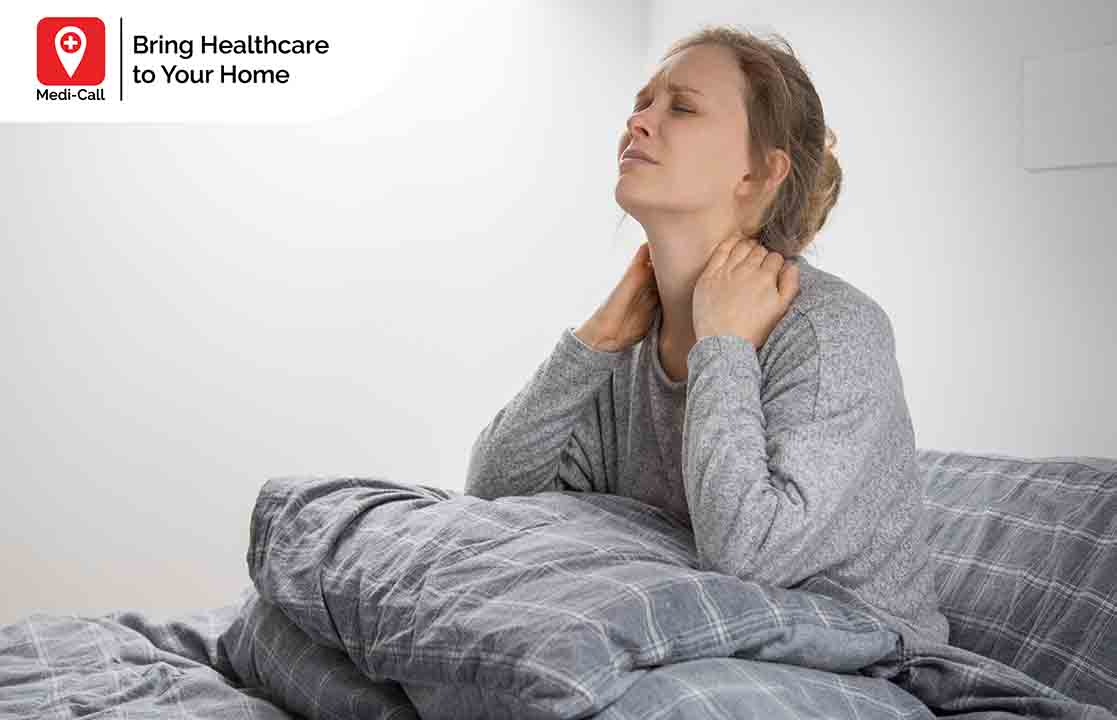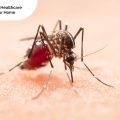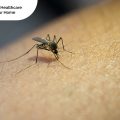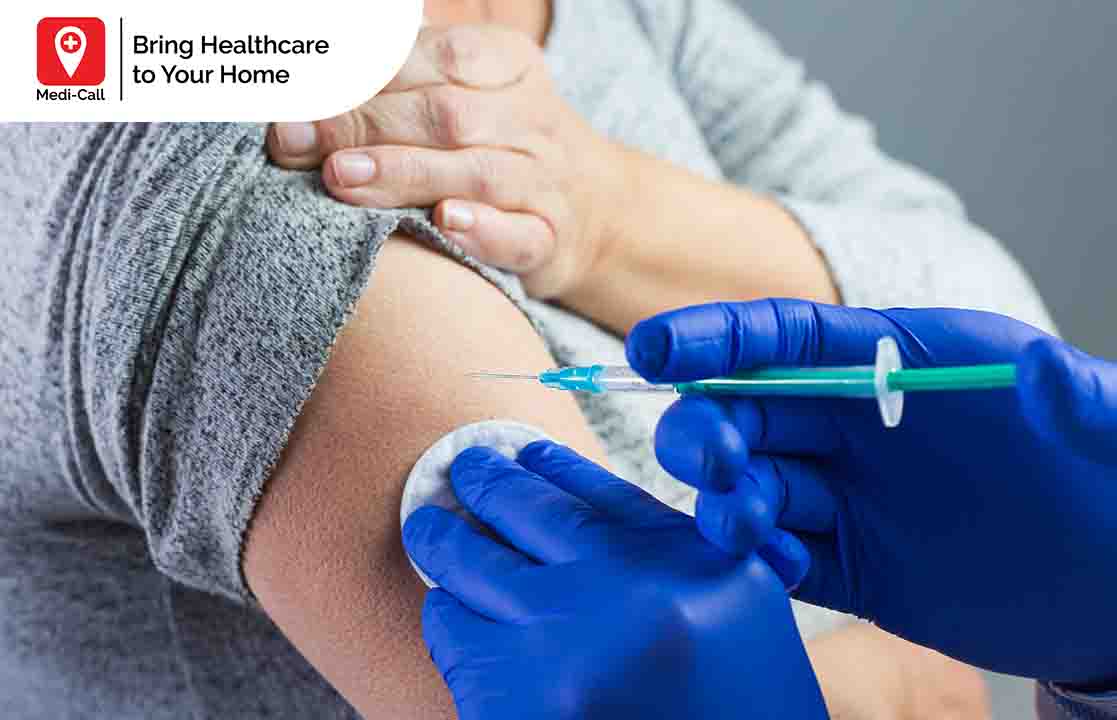Getting Sick While Traveling, Recognize This First Line Treatment for Typhoid Fever
First line treatment for typhoid fever while traveling is generally treated by giving antibiotics to sufferers. However, there are things travelers need to know what to do to give first line treatment for typhoid fever.
Typhoid is caused by bacteria spreads through food consumed. This disease attacks a broad range of ages starts from typhoid in children to adults, even pregnant women. The signs usually begin with high fever, headaches, muscle aches, and loss of appetite. For travelers, it is better do not eat carelessly while traveling to avoid typhoid. first line treatment for typhoid fever is generally by getting antibiotic therapy. It is an effective way to treat typhoid and needs to be given as soon as possible. Some antibiotics used to treat typhoid such as azithromycin, ciprofloxacin, or ceftriaxone. Get these antibiotics and consult a doctor through Medi-Call Application or simply contact Medi-Call hotline once the typhoid hits you while traveling. Antibiotics are used to kill Rickettsia bacteria. However, first line treatment for typhoid fever are not only antibiotics. To be able to recover immediately from this disease, sufferers also need to eat and drink healthy and safe to consume.

What is the first line treatment for typhoid fever?
Generally, the important treatments for typhoid are by having total bed rest, having a soft/dense and low-fiber diet, and having antibiotics. Bed rest is very important to prevent complications in the form of intestinal bleeding or intestinal perforation (leaky intestine). The first line antibiotic, chloramphenicol, is usually continued for up to 7 days free of fever (about 2 weeks). However, there are also other antibiotics that are usually prescribed for an average of 1 week. For this treatment, sufferers can get antibiotics or they can consult a doctor for having better treatment for typhoid.
Besides having antibiotics to treat typhoid, for travelers, these are the first line treatment for typhoid fever while traveling:
- Eat filtered porridge diet, then coarse porridge, eventually eat rice based on the sufferer’s recovery rate. Do this for two weeks.
- Expand to consume papaya fruit.
- Rest and run professional care that aims to prevent complications and speed healing.
- Avoid foods that are difficult to digest by the body.
- Avoid spicy, sour and coconut milk foods.
- Avoid foods that have been contaminated with typhoid bacteria.
- Consult to a doctor if the disease gets worse.
Sufferers must have absolute bed rest for at least 7 days free of fever or approximately 14 days. Mobilization is done in stages based on the sufferer’s strength recovery. In addition, it is necessary to maintain personal hygiene and environmental cleanliness.

What kind of foods and drinks that are safe and unsafe to consume?
Moreover, these are kinds of food and drink that are safe and unsafe for typhoid sufferers while traveling:
Food that is safe to consume
- Cooked food
- Washed and peeled fruits and vegetables
- Pasteurized milk products
- Soft and fruity foods to make it easier to consume
- Nutritious and highly nutritious food to speed up the recovery process
Food that is unsafe to consume
- Food served at room temperature
- Food from roadside stalls
- Raw or undercooked eggs, meat, fish, vegetables
- Unwashed or unpeeled fruits and vegetables
- Spices made from fresh ingredients
- Bushmeat (monkey meat, bats and other wild animals)
- High-fat foods such as coconut milk, fried foods, junk food
Drink that is safe to consume
- Sealed bottled beverage (safer carbonated)
- Boiled, filtered or treated water first
- Ice made in bottles or infection-free water
- Carbonated beverage bottles and seals, as well as sports drinks
- Hot coffee or tea
- Pasteurized milk
Drink that is unsafe to consume
- Tap or well water
- Ice made from tap water or wells
- Water made with well water or tap
- Popsicle
- Unpasteurized milk
What are the symptoms of typhoid to watch out for?
Common typhoid symptoms occur up to 1-3 weeks. Typhoid disease can progress from mild symptoms to severe typhoid. The most common typhoid symptoms include high fever (usually around 40 degrees celsius), headache, nausea or vomiting, diarrhea or constipation, dry cough, stomachache, joint and muscle pain.
The Centers for Disease Control and Prevention (CDC), explains in more detail the symptoms and stages of typhoid as follows:
- Early symptoms: prolonged high fever, weak body, stomachache, headache, loss of appetite
- Severe symptoms: some people experience constipation and rashes and internal bleeding and even death if there is no immediate treatment.
Other typhoid symptoms may also appear rashes and dark spots such as symptoms of scabies/scabies in areas of the body that are bitten by fleas. This rash may also spread throughout the body such as the face, palms, or feet.

If you have typhoid signs or symptoms listed above or if there are other things you want to ask about this disease, do not hesitate to consult a doctor through Medi-Call Application or you can simply contact Medi-Call hotline. Each body reacts differently from one another. Always discuss to your doctor to get the best solution for your condition.







